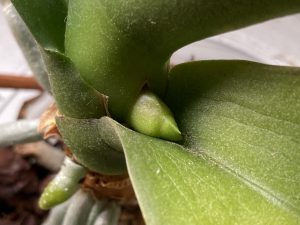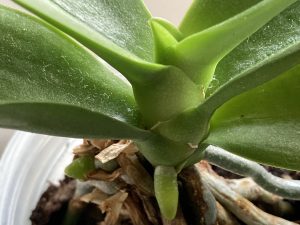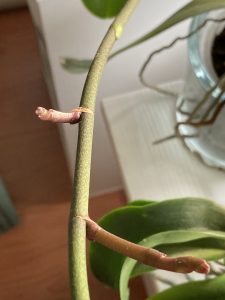
Fallow land is land that is not planted with crops. It is left to lie uncultivated for a season in order to improve the quality of the soil. In the olden days, before chemical fertilisers forced land into continual productivity, parts of a farm would be left fallow for a short time before being replanted on a rotating basis.
Humans also need to lie fallow. Everything does. Everything needs a reset, and a downtime. Just like choosing not to reply is a form of replying, doing nothing is, in fact, doing something. The symbolism of the yin-yang teaches exactly this: everything has an equal and opposite. All activity requires rest, all restfulness requires its activity. Meditation is a lovely way to fallow from the activity of daily life.
Hibernating
Montreal is known for its vibrant cultural scene and especially its summer festivals. Canadians know this is possible partly because of the government’s massive investment in arts and culture and partly because of freezing Québec winter. Montrealers hibernate so that they can bloom in the long, warm summer days.
When it’s cold, you don’t hang out on café terraces. When it gets dark by 4PM, you tend to snuggle up at home. You lie, as it were, fallow. All that downtime can make for some great art, if you’re that way inclined.
Yoga and meditation invite us to lie fallow. They invite us to stop and observe and be still. They invite us to open up a space into which may arrive…anything. All that downtime can make for some great (re)awakenings, if you’re that way inclined.

Orchids
I am a lover of orchids. I am regularly given orchids who are lying fallow. Once the bright blooms wither and die, the plant itself is nothing special. Just a few thick and waxy leaves and some rather strange, grey, worm-like aerial roots. No, like this they are not eye-catching. But, give them some sunlight, a little fertiliser and a few months’ rest and they will reward you with dozens of delicate flowers that can last up to six months.
I grow orchids in my massage room. Orchids seem to thrive in the ambience of a therapy room. The stillness, the quiet, the controlled environment suits them just fine. I have tried growing other green plants – ferns, small palms, devil’s ivy – but with little success. They seem much happier in the upbeat and variable environment of a home. But orchids, conversely, in my home don’t thrive. They survive, they bloom, but they don’t burst forth as they do in my massage room.

I like to muse that this is because the massage room is a place where their fallow time is respected. They are just allowed to be, to not be beautiful, to receive no comments, to attract no admiration. They just sit, and wait, and gather strength. Perhaps they are meditating. Perhaps they are astral flying back to the South East Asian jungles from whence their ancestors came. I don’t ask and they don’t tell. I just watch them gather speed and know that, come February, their fallow time will end with a burst of colour, life and manifestation of their innate glory.

Sit, be still, breathe
Think of meditation and yoga as the stillness before the flowering. The point of postures and breathing and contemplating is not the acts themselves but what comes after. It is not about how much you bend or how long you breathe, it is about what is created by those acts. The yoga is a vehicle, what comes next it totally unique, it the manifestation of YOU, your true nature.
I often say “I don’t do yoga, yoga does me”. Yoga and meditation have allowed me to see who I truly am and to be who I truly long to be. I was a shy and sensitive child who lived through various traumas which, cumulatively, made be edgy and nervous and hyper-vigilant. I was high-functioning and was no beast, but I consistently found myself acting in ways that I would later regret, making hasty decisions that I would later regret and, most importantly, NOT DOING things that I would later regret not doing. Yoga brought me down to Earth. It grounded me and cuddled me and calmed me and gave me a purpose. Yoga and meditation are unfailingly generous, and they are the best time investment I have ever made. I lay fallow for a long time, I lie fallow on a regular basis. But what came out of all this, the life that I am living right now, is marvellous.
As winter draws in, in the Northern Hemisphere, I encourage you to lie fallow. Take time out and watch the clouds, watch your mind, watch your emotions. Be still, breathe, all is coming.


